If you’ve ever lifted weights, you’ve probably wondered: “How exactly do muscles grow?” The process of building bigger, stronger muscles is known as hypertrophy, and while it may seem simple—lift heavy, get bigger—the science behind it is incredibly fascinating. Understanding hypertrophy not only helps you maximize results but also prevents wasted effort in the gym. Let’s dive into the science of muscle growth and break down what’s really happening inside your body.
🔍 What Is Hypertrophy?
Hypertrophy is the increase in muscle size through the enlargement of muscle fibers. Unlike hyperplasia (the creation of new muscle fibers, which is debated in humans), hypertrophy focuses on expanding existing fibers. This growth is triggered by mechanical stress (lifting weights), metabolic stress (the burn you feel), and muscle damage (tiny micro-tears).
🏋️ The Three Main Drivers of Muscle Growth
1. Mechanical Tension
When you lift weights, your muscles generate force against resistance. The heavier and more controlled the load, the greater the tension. This tension activates mechanoreceptors in the muscle, signaling your body to adapt by growing stronger and larger.
Example: Slow, heavy squats or deadlifts place massive tension on muscle fibers, making them prime hypertrophy builders.
2. Muscle Damage
During resistance training, especially with eccentric movements (lowering weights), tiny micro-tears occur in the muscle fibers. Your body repairs this damage during recovery by fusing muscle proteins, resulting in thicker, stronger fibers.
Example: That soreness after leg day? It’s your body repairing and strengthening muscle tissue.
3. Metabolic Stress
The “burn” you feel from high-rep sets isn’t just pain—it’s science at work. As muscles fatigue, they accumulate metabolites like lactate and hydrogen ions, which trigger growth pathways. This stress signals your body to adapt by increasing muscle endurance and size.
Example: High-rep push-ups, drop sets, or circuit training.
⚡ The Role of Protein Synthesis
Muscle growth occurs when muscle protein synthesis (MPS) exceeds muscle protein breakdown (MPB). Exercise triggers MPS, and protein-rich nutrition fuels it. Without adequate protein intake, hypertrophy stalls—even with the best workout plan.
Proven tips to maximize MPS:
Consume 1.6–2.2g of protein per kg of bodyweight daily.
Spread protein intake evenly across 3–5 meals.
Prioritize high-quality protein sources (lean meats, eggs, dairy, legumes).
🧠 Hormones That Influence Muscle Growth
Your body’s hormones act as “growth switches” for hypertrophy.
Testosterone → boosts protein synthesis and muscle recovery.
Growth Hormone (GH) → stimulates tissue repair and fat metabolism.
Insulin-Like Growth Factor-1 (IGF-1) → promotes muscle fiber development.
Cortisol (the stress hormone) → can hinder muscle growth if levels remain high.
Balancing training, recovery, and lifestyle ensures these hormones work in your favor.
Training Variables That Impact Hypertrophy
1. Volume (Sets & Reps)
Ideal: 10–20 sets per muscle group per week
Mix heavy (4–6 reps), moderate (8–12 reps), and endurance (15–20 reps) ranges
2. Progressive Overload
Muscles adapt quickly. To keep growing, you must gradually increase weight, reps, or intensity over time.
3. Rest Periods
Short rest (30–60 sec) → builds metabolic stress
Long rest (2–3 min) → supports heavy lifting & mechanical tension
A mix of both maximizes growth.
4. Exercise Selection
Compound lifts (squats, bench, deadlifts) = most mechanical tension
Isolation lifts (bicep curls, tricep pushdowns) = add volume and detail
💤 The Recovery Connection
Muscle growth doesn’t happen during workouts—it happens during recovery.
Sleep: Aim for 7–9 hours per night for optimal hormone release.
Rest Days: Allow at least 48 hours before training the same muscle group again.
Nutrition: Adequate calories, carbs, and fats support repair and growth.
Without proper recovery, your body can’t repair micro-tears, and growth stalls.
❌ Common Myths About Hypertrophy
“More is always better.” → Overtraining leads to fatigue and plateaus.
“You need heavy weights only.” → Both heavy and moderate loads trigger growth if taken close to failure.
“Muscle turns into fat if you stop training.” → Muscle and fat are different tissues. If you stop training, muscle mass decreases while fat may increase, but one never “turns into” the other.
Key Takeaways
Hypertrophy = increasing muscle fiber size, driven by tension, damage, and stress.
Progressive overload, protein intake, and recovery are the foundation of muscle growth.
Hormones play a critical role in amplifying or stalling progress.
Balance heavy lifts with high-rep training for maximum gains.



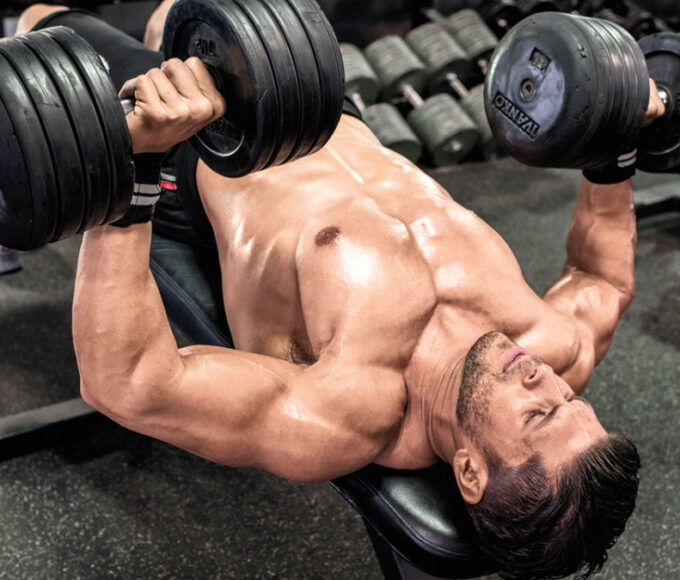






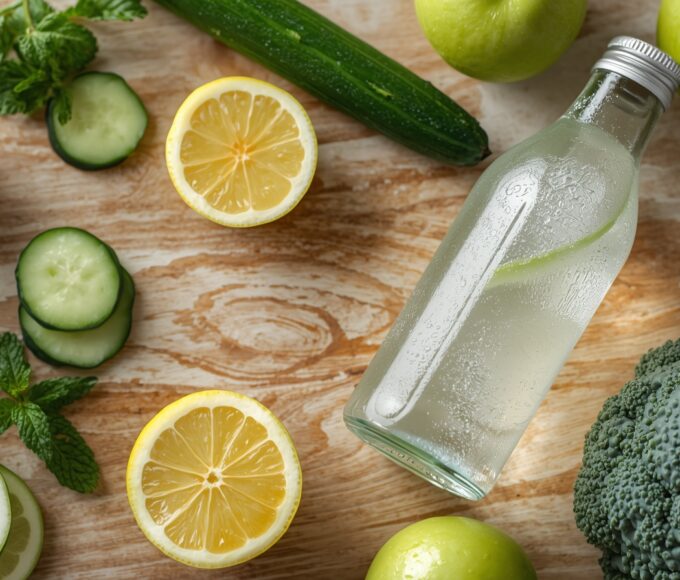
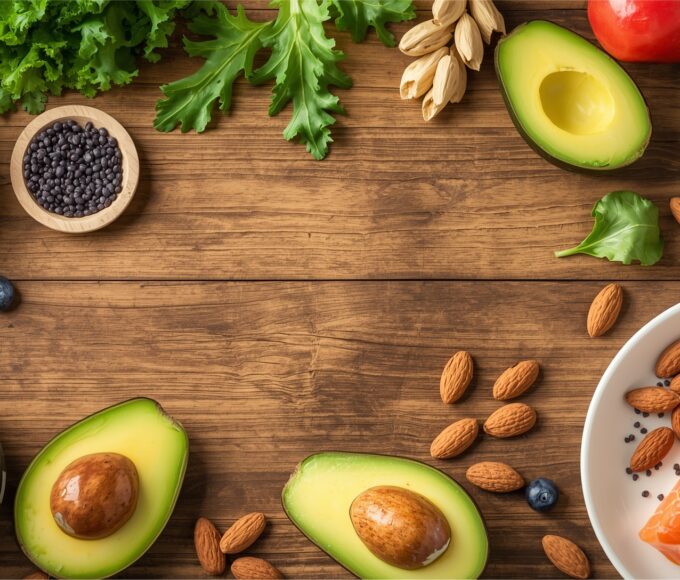
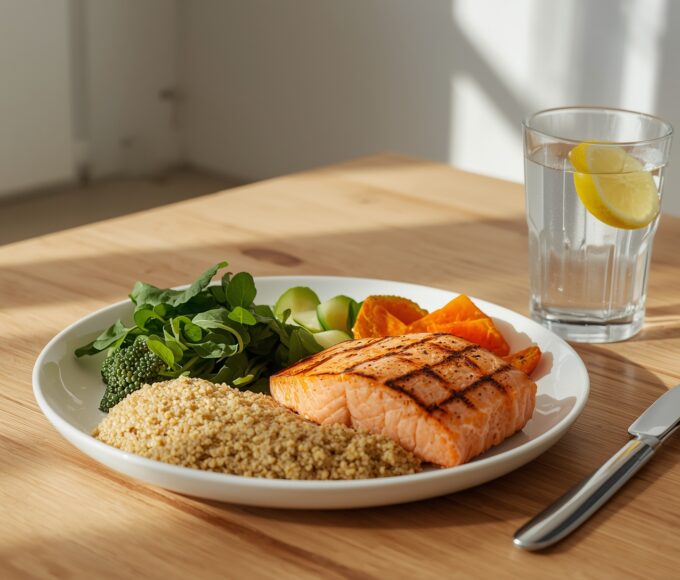






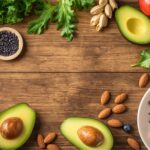
Leave a comment